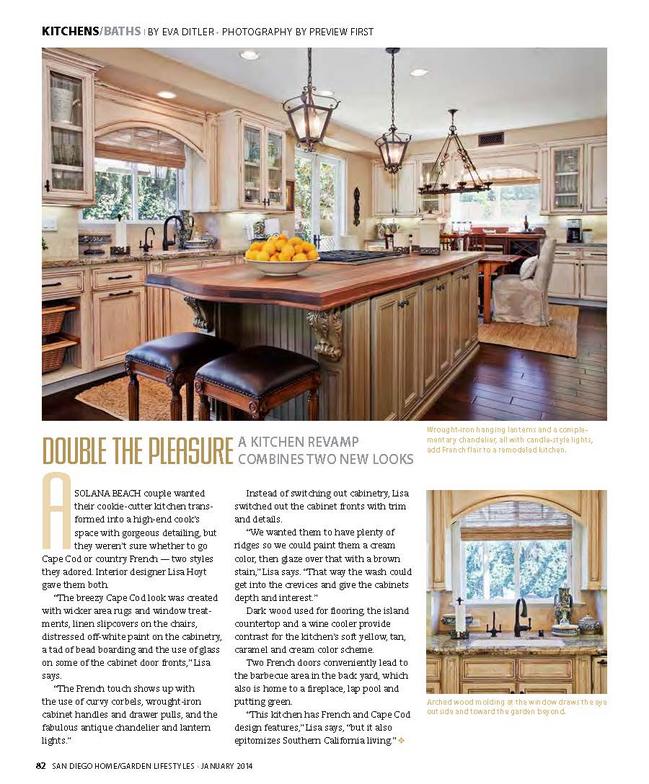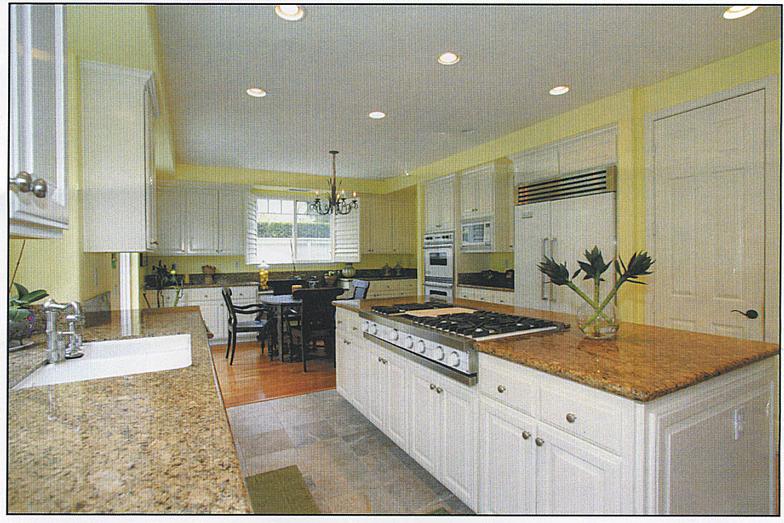Lisa Hoyt Design BLOG
Designing a Den
by Lisa Hoyt on 01/05/14When beginning to design a den or home office, you want to start with your builtin design. A den usually needs an area to store books, important records, artifacts, drawers for writing objects, AV equipment if needed, and such.... This piece should be a focal point in the room and should ground the room in both the design of the piece and the color of the wood chosen. Most often it will be in a medium brown stain, as this will ground the space, adding gravity to the room.
Color guide for your holiday table design!
by Lisa Hoyt on 11/16/13In this blog, I will discuss color schemes for your fabulous table design! After deciding what your colors should be, either analogous colors (colors located on the same side of the color wheel) or complimentary colors (colors located on opposite sides of the color wheel for a real pop), you are then good to go. When you have decided on the colors, you can then begin incorporating them into the tablescape design! The most important thing to keep in mind is that you need to add the colors to both the horizontal design as well as the vertical design on the table so that the colors are tying into each other so your eye is moving all over the table insuring the most desirable impact! Your goal is to create a table that has that WOW FACTOR using good design principles so your table is unforgettable!
Designing a fabulous holiday table!
by Lisa Hoyt on 11/16/13The first thing you need to determine is your focal point. Today I will discuss one type of table design. This would be having the focal point located in the center of the table. This piece needs to be the tallest and largest piece on the table. Then, using candle holders next is a lovely way to go. These should be either a bit taller than the center piece or a bit shorter, not the same height. What you are doing is creating mountains with the height of each item in your design with the center piece being the tallest. The next pieces need to be either a bit taller or a bit smaller, then the next pieces shorter than those. Then the next items possibly taller with the next items even shorter again and so on…... with the heights cascading down the center of the table starting taller then getting shorter as the design comes to the ends of the table.
Getting Started on your Design Project Step 2!
by Lisa Hoyt on 10/26/13Step 2 would then involve then deciding on the color palette you want to use for your spaces. You can either use a Analogous color palette that would involve using 3 or more colors on the same side of the color wheel or using Complimentary colors. These Complimentary colors would involve using colors on the opposite side of the color wheel. The Complimentary colors leave a lasting, "pizzazzy" sort of effect on the space. They grab your attention and give it a WOW effect. The Analogous color palette is very high end, a very classic and pleasing to the eye way of designing that you will very rarely ever tire of easily!
Getting Started on your Design Project!
by Lisa Hoyt on 10/26/13When beginning a project, I always recommend that my clients do research on Houzz or Zillow Digs to put together a portfolio of ideas and "looks" that they are drawn to emotionally, functionally, and aesthetically. Then after we begin to decide what their personal style is, whether it is modern, contemporary, transitional, traditional, etc...... , we can then proceed with direction, purpose and resolve.











